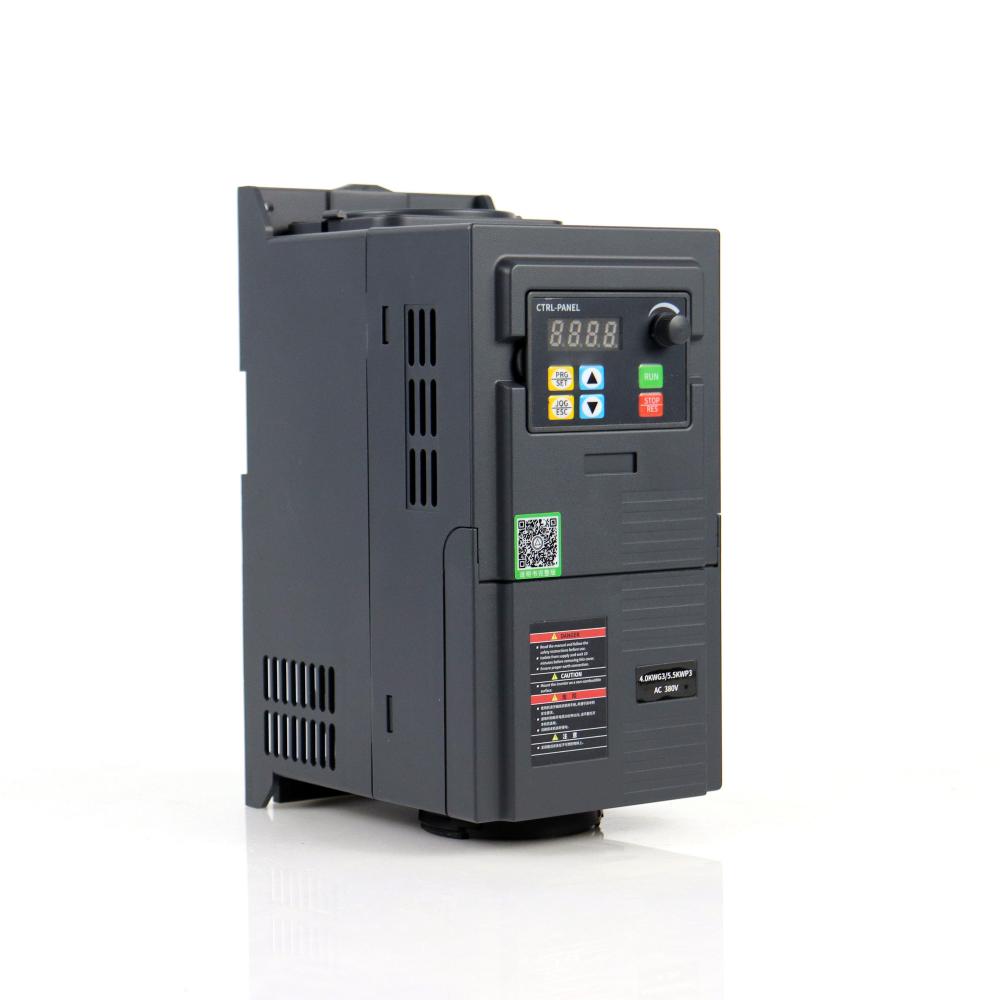Recently, the US Department of Energy (DOE) announced a proposal for a standard for light bulb efficacy, which is said to provide a more cost-effective and energy-efficient alternative for home and office lighting. The US Department of Energy's proposal for light efficiency standards follows the pace of change in lighting technology. With the development of advanced LED technology, in order to meet existing standards, traditional light bulbs such as halogen lamps and CFL energy-saving lamps on the market may be replaced. The transition from traditional light bulbs to LED lights is consistent with changes that have taken place in industry and throughout the market. We can see the significance of the changes in the lighting market. Incandescent lamp technology has been developed for more than 130 years, and incandescent lamps rely on outdated technology to dissipate heat that will cause a lot of energy loss. Even if the price of incandescent lamps in the store looks good, in the long run, the more electricity bills generated by the outdated bulbs will ultimately not benefit consumers. High-quality LED lamps consume 80% less energy than traditional white paper lamps. The price of LEDs was as high as $100 a few years ago, but with the development of LED technology, LED prices continue to fall, allowing prices to compete with traditional technology bulbs. Now you can easily find 60 watt equivalent LED lights at prices below $5 in specialty stores across the country. Based on the superior performance and cost savings of LED lamps, it is expected that by 2030 LED lights will account for 80% of all lighting. For 2014, the installation of LED lights reduced 710 metric tons of CO2 emissions and saved $1.4 billion in energy costs. According to the proposal for the efficacy standard, it is estimated that the cumulative reduction in CO2 emissions by 2030 will be equivalent to the annual electricity consumption of 13 million households.
A single-phase VFD, also known as a variable frequency drive, is a specialized electronic device used for precise control and regulation of single-phase motors. Unlike three-phase motors that are commonly used in industrial applications, single-phase motors are predominantly found in residential and small-scale applications.
The primary function of a single-phase VFD is to control the frequency and voltage supplied to the single-phase motor, thereby enabling accurate regulation of motor speed. By adjusting the frequency and voltage output, the VFD allows for smooth and precise control over the motor's rotational speed. This feature is particularly useful in applications where speed control is required, such as in residential HVAC systems, small-scale machinery, and household appliances.
Energy efficiency is a significant advantage offered by single-phase VFDs. By adjusting the motor speed to match the load requirements, the VFD reduces energy wastage and improves overall energy efficiency. When the motor operates at a lower speed during periods of low demand, energy consumption is significantly reduced, resulting in energy savings and lower operating costs.
Motor protection is another important aspect addressed by single-phase VFDs. They incorporate various protective features, including overload protection, short circuit detection, and thermal protection, which help safeguard the motor against damage due to excessive current, voltage fluctuations, or overheating. This ensures reliable motor operation, prolongs the motor's lifespan, and reduces the risk of unexpected failures.
Harmonic filtering is also a critical consideration in single-phase VFD applications. When single-phase VFDs operate, they can introduce harmonics into the power supply, which may cause issues such as voltage distortions and interference with other electrical equipment. To mitigate these problems, single-phase VFDs often incorporate harmonic filtering techniques to suppress harmonics and ensure a clean and stable power supply, maintaining power quality and preventing damage to connected equipment.
Control algorithms play a significant role in single-phase VFD operation. These algorithms allow for precise control and adjustment of motor speed, ensuring smooth acceleration, deceleration, and accurate speed regulation. Advanced control algorithms enable efficient motor operation and enhance overall system performance.
In summary, single-phase VFDs provide precise control and regulation of single-phase motors in residential and small-scale applications. With their energy efficiency, motor protection features, harmonic filtering capabilities, and advanced control algorithms, single-phase VFDs enhance motor performance, reduce energy consumption, and ensure reliable operation in various residential and small-scale applications.
Three Phase Vfd,Ac Single Phase Gasoline Generator,220V Vfd,Ac Inverter WuXi Spread Electrical Co.,LTD , https://www.vfdspread.com
